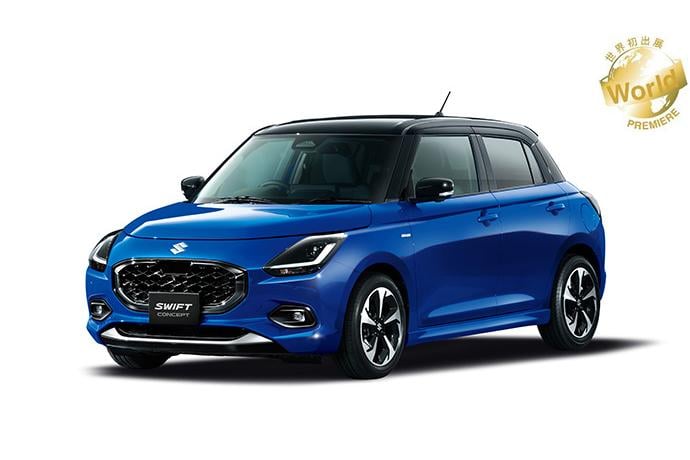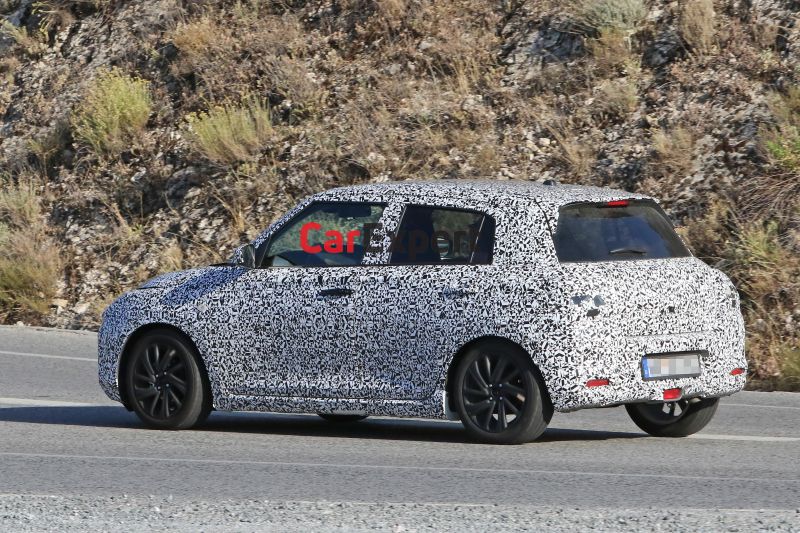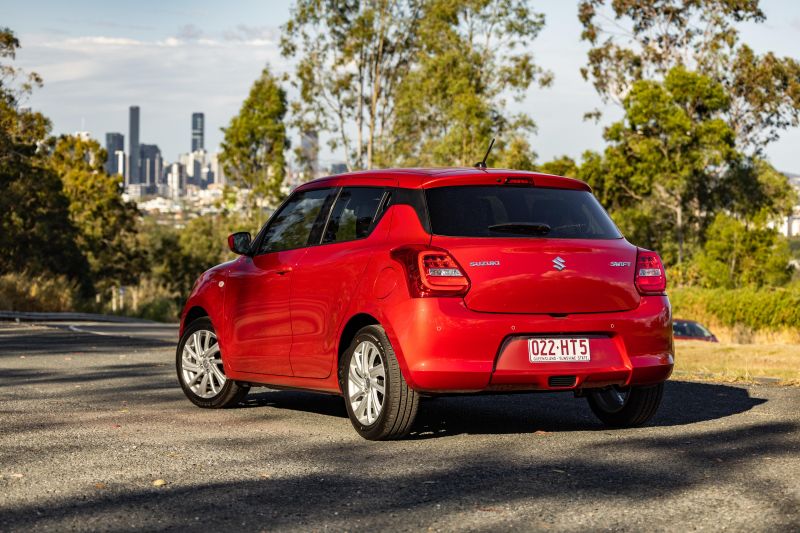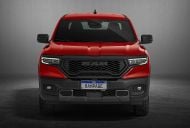The next Suzuki Swift has broken cover, and its styling is an evolution of the current model.
It’s officially labelled a concept, and will debut at the Japan Mobility Show being held from October 26 to November 5, 2023.
It looks virtually production-ready, however, and it’s expected to launch in 2024.
It has a similar shape to the current car, though a prominent crease runs along the side of the vehicle just above the door handles, with traditional door handles situated below the belt line at the rear instead of in the C-pillar.
The side crease runs into the headlights, and aligns with the bonnet line. The grille appears slightly smaller and rounder than the current car, while the concept wears a black contrast roof.
While Suzuki designers have been adventurous in recent years with models like the retro-styled Ignis, Jimny and Alto, they appear to have been kept on a tighter leash with the Swift.
Ever since the Swift was relaunched globally in 2004 as a more overtly Europe-focused model, each generation has visually been a fairly evolutionary redesign of the original 2004 model.
The new Swift is expected to use a modified version of the current ‘Heartect’ platform to help conform to more stringent safety standards.
Suzuki says the concept comes standard with autonomous emergency braking, adaptive high-beam and a driver monitoring system.
It’s unclear what engines will power the Swift.
A mild-hybrid powertrain is likely to continue and is rumoured to be joined by a parallel hybrid, giving the hybrid Toyota Yaris a direct rival.
In Europe, the current Swift is offered with a 1.2-litre four-cylinder engine with a 12V mild-hybrid system. It produces 61kW of power and 107Nm of torque, and is offered with either front- or all-wheel drive.
Australian Swifts do without the particularly mild 12V system, and are offered with either a 66kW/120Nm 1.2-litre atmo four or a turbocharged 1.0-litre three-pot with 82kW and 160Nm.
There’s also the Swift Sport, which uses a turbocharged 1.4-litre four-cylinder engine in Australia that produces 103kW and 230Nm.
European-market Sports feature a 48V mild-hybrid system, and outputs of 95kW and 235Nm.
The Swift has even greater importance to the Australian market following Suzuki Australia’s axing of the Baleno, which didn’t meet ADR 85/00 side impact standards in its updated guise.
The Baleno is produced in India, and initially was exported to markets like Australia and Europe. But while it enjoyed sales success in Australia, it proved a slow seller in Europe and was discontinued.
To the end of August, Suzuki has sold 4615 Swifts in Australia, edging past the Jimny (3893 sales) as the brand’s best seller locally.
In its segment, however, it’s a distant second to the hot-selling MG 3 (10,642 sales).
MORE: Everything Suzuki Swift
MORE: Suzuki Swift review











